Are you looking for effective ways to ventilate a room without windows? Ventilation is very important for maintaining fresh air and ensuring a comfortable environment inside a room. In certain situations, it’s impossible to have windows in every room.
By following the right technique and equipment you can achieve proper ventilation. In this article we will explore various techniques on how to ventilate a room without windows, allowing air to circulate and enhancing overall air quality inside a room without windows.
Contents
- 1 Why Is Room Air Circulation So Important?
- 2 19 WAYS to ventilate a room without windows
- 2.1 1. Utilize Door Gaps and Undercut Doors
- 2.2 2. Install Ventilation Fans
- 2.3 3. Use Portable Air Purifiers
- 2.4 4. Use Ceiling Fans
- 2.5 5. Keep the Door Open for Fresh Air
- 2.6 6. Employ Ducted Systems
- 2.7 7. Utilize Air Purifying Plants
- 2.8 8. Use Air Circulators
- 2.9 9. Employ Wall Vents or Grilles
- 2.10 10. Use Dehumidifiers
- 2.11 11. Maintain a Cooler Temperature
- 2.12 12. Add Porous Materials
- 2.13 13. Create Cross Ventilation
- 2.14 14. Utilize Ventilation Panels
- 2.15 15. Incorporate Air Bricks
- 2.16 16. Consider Exhaust Hoods
- 2.17 17. Use HVAC Systems
- 2.18 18. Install Skylights or Light Tubes
- 2.19 19. Optimize Airflow with Furniture
- 2.20 Placement
- 3 How to ventilate a room with one window?
- 4 How to ventilate a room without losing heat?
- 5 How to ventilate a room with a fan?
- 6 Conclusion
- 7 FAQs
Why Is Room Air Circulation So Important?
It is important to understand the significance of air circulation in the room before we explain the techniques and methods to ventilate a room without windows. Proper ventilation helps in the following ways.
- Promotes good indoor air quality: Ventilation removes airborne pollutants such as allergens, dirt, and volatile organic compounds (VOCs) and makes sure fresh and healthy indoor air quality.
- Controls moisture and prevents mold: Adequate ventilation helps control excess moisture, preventing the growth of mold and mildew, which can be detrimental to both health and property.
- Regulates temperature: Ventilation assists in regulating room temperature by allowing fresh air to enter and warm or cool the space accordingly.
- Reduces odors: Efficient air circulation aids in eliminating unpleasant odors, making the room more pleasant and inviting.
Now that we understand the importance of ventilation, let’s explore the various methods to achieve it in a room without windows.
19 WAYS to ventilate a room without windows
Ventilating a room without windows may seem challenging, but there are several effective methods to achieve sufficient air circulation. Here are 19 ways to ventilate a room without windows:
1. Utilize Door Gaps and Undercut Doors
One of the best strategies is to utilize the gaps around doors to allow air to flow inside and outside of the room. you can additionally install door undercutting, which includes cutting a small area at the lowest of the door to create an airflow pathway.
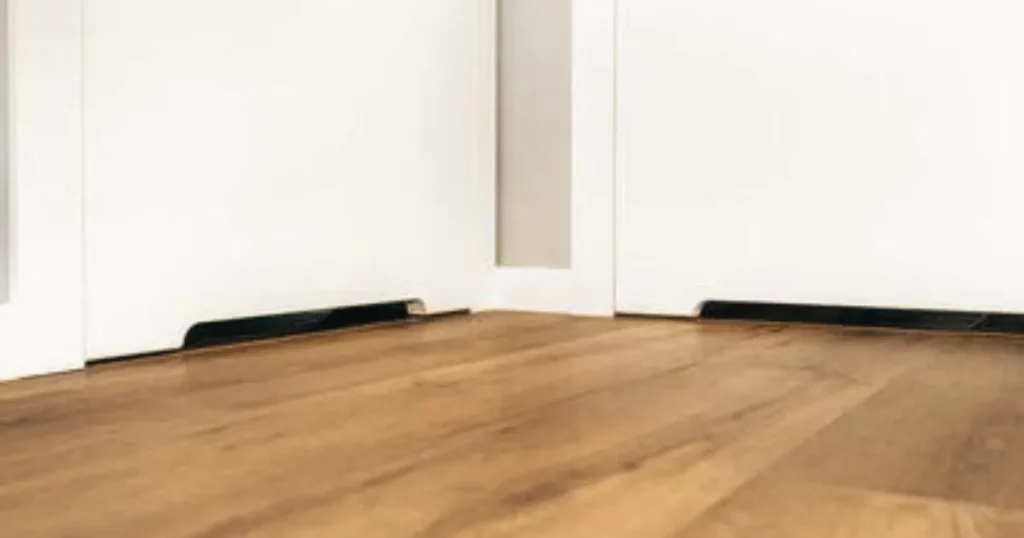
2. Install Ventilation Fans
Ventilation fans, such as exhaust fans or inline fans, can effectively circulate air in a room without windows. These fans can be installed on walls or ceilings, extracting stale air and introducing fresh air from another source.
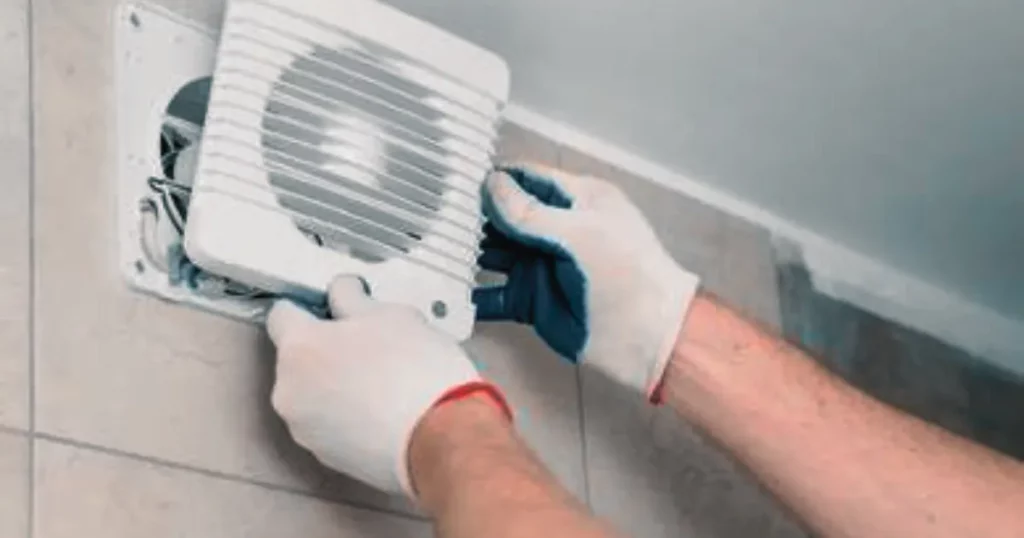
3. Use Portable Air Purifiers
Portable air purifiers equipped with fans and filters can help improve indoor air quality. These devices can capture airborne particles and release clean, filtered air into the room, enhancing ventilation.

4. Use Ceiling Fans
Ceiling fans are not only great for cooling but also for promoting air circulation. By running the ceiling fan in the desired direction, you can create a gentle breeze that helps with ventilation.

5. Keep the Door Open for Fresh Air
The best way to introduce clean air into a windowless room is to keep the door open. This allows air from other properly-ventilated areas of the house to circulate into the room
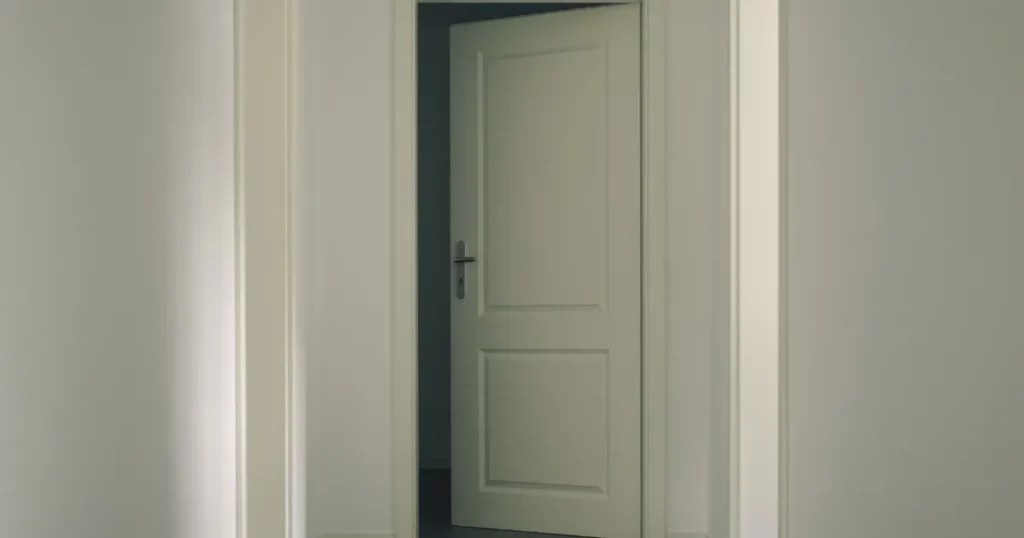
6. Employ Ducted Systems
Ducted ventilation systems are designed to circulate air throughout a building. By connecting the room without windows to the main ductwork, you can ensure a constant flow of fresh air.

7. Utilize Air Purifying Plants
Certain indoor plants, such as snake plants, aloe vera, and peace lilies, can act as natural air purifiers. These plants absorb carbon dioxide and release oxygen, improving air quality and ventilation.

8. Use Air Circulators
Air circulators, also known as air movers or floor fans, can effectively move air within a room. By positioning them strategically, you can create airflow patterns that promote ventilation.
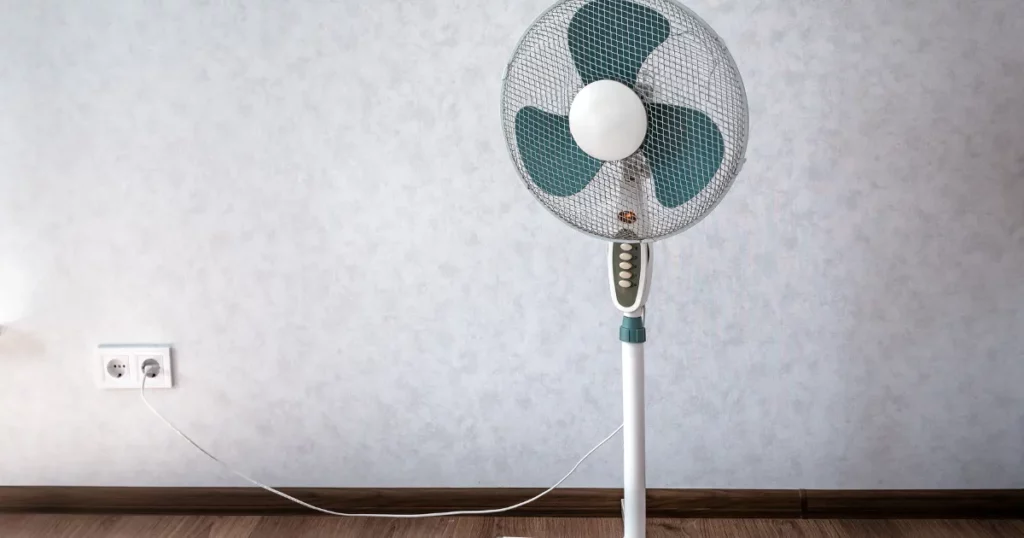
9. Employ Wall Vents or Grilles
Installing wall vents or grilles allows air to go into and go out of the room. These vents may be linked to a central ventilation system or to an outside source of fresh air.

10. Use Dehumidifiers
Excessive moisture in a room can lead to poor air quality and mold growth. By using dehumidifiers, you can remove excess moisture, improving ventilation and preventing dampness.

11. Maintain a Cooler Temperature
Keeping the overall temperature of a windowless room low can help improve ventilation. Lower temperatures create a temperature gradient between the room and the surrounding areas, which can promote air movement. Additionally, cooler temperatures help prevent stuffiness and create a more comfortable environment.
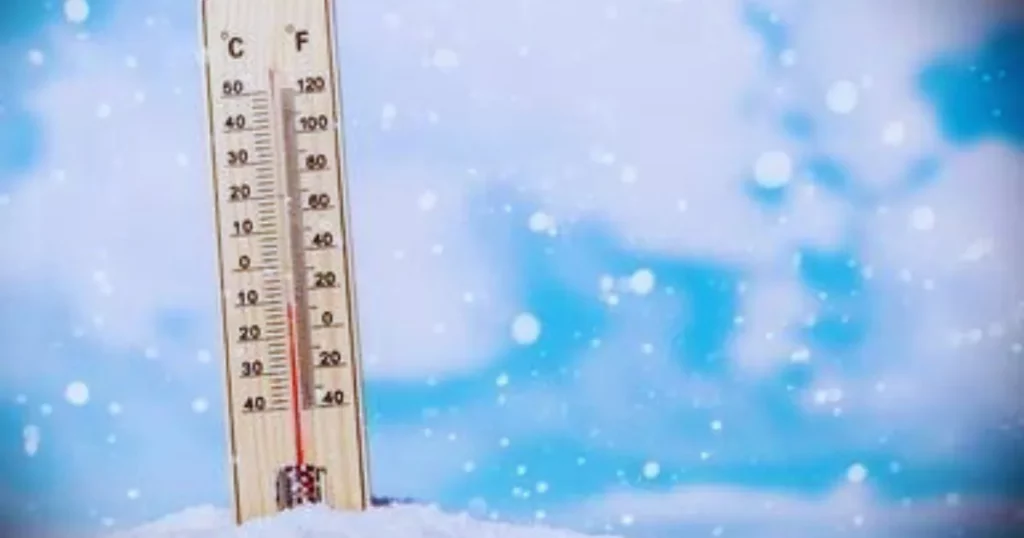
12. Add Porous Materials
Introducing porous materials into a windowless room can aid in ventilation. Porous materials, such as certain types of wallpaper or acoustic panels, allow air to pass through them. By incorporating these materials into the room’s design, you can promote air movement and improve ventilation.
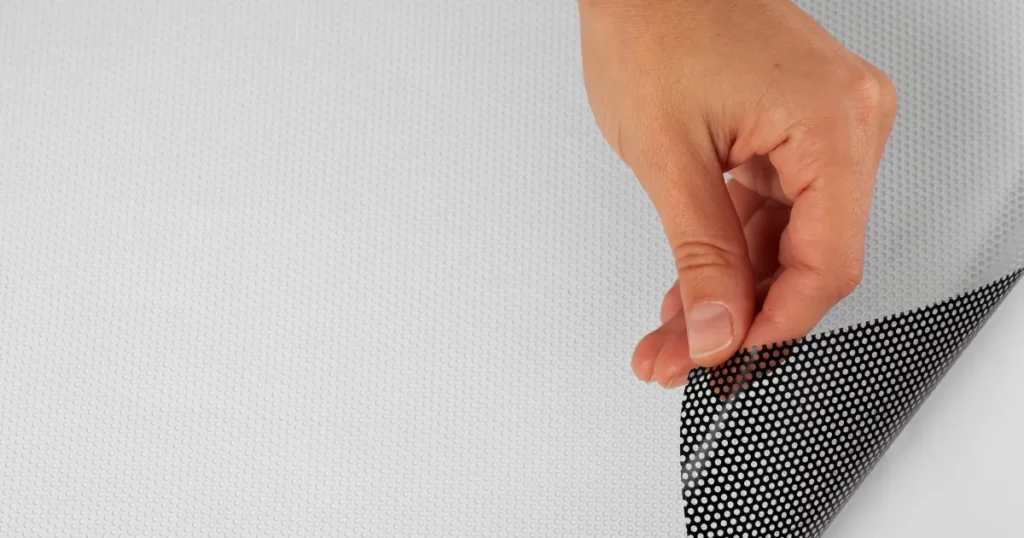
13. Create Cross Ventilation
If the room has access to other areas, such as a hallway or adjacent rooms, you can create cross ventilation by opening doors or windows in those spaces. This allows fresh air to flow into the room without windows.
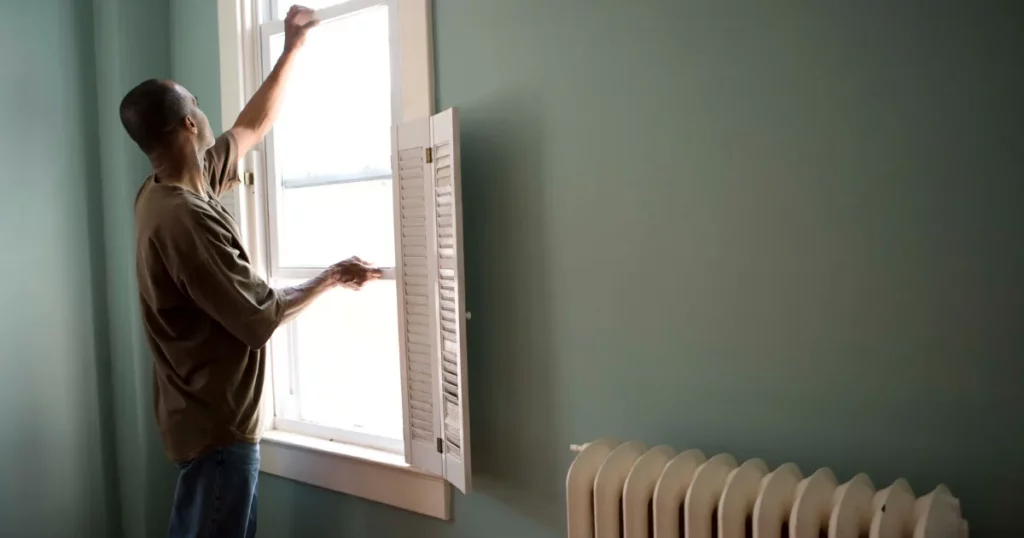
14. Utilize Ventilation Panels
Ventilation panels are designed specifically for rooms without windows. These panels can be installed on walls or ceilings, allowing air to circulate effectively.

15. Incorporate Air Bricks
Air bricks are designed to provide ventilation in areas without windows. These bricks have small holes that allow air to flow into the room, ensuring proper air circulation

16. Consider Exhaust Hoods
If the room contains sources of pollutants, such as a kitchen or a workshop, installing exhaust hoods can help remove contaminants and ensure proper ventilation.
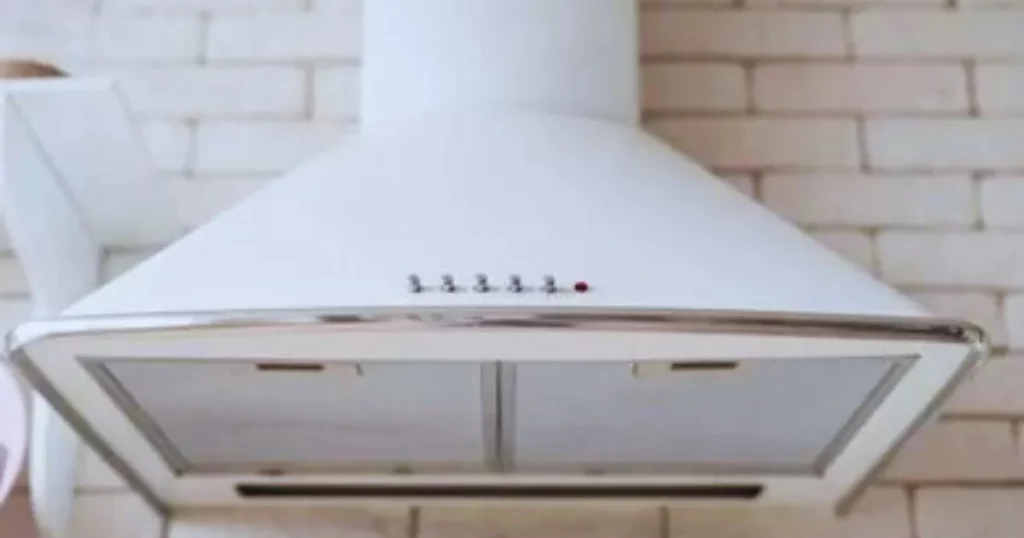
17. Use HVAC Systems
If the building has a central heating, ventilation, and air conditioning (HVAC) system, you can connect the room without windows to this system for good enough air circulation.
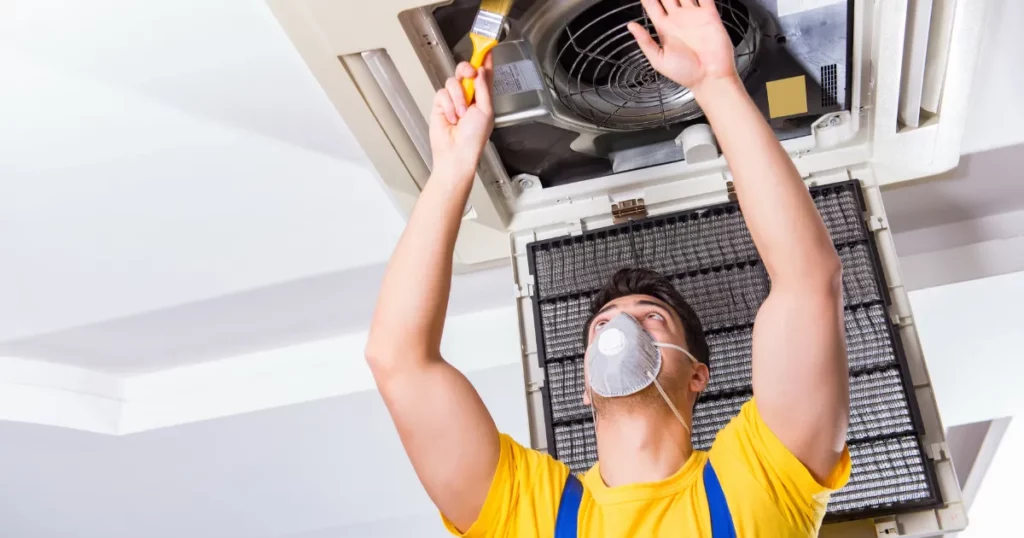
18. Install Skylights or Light Tubes
While not directly providing ventilation, skylights or light tubes can introduce natural light into a room without windows, creating a more open and airy atmosphere.
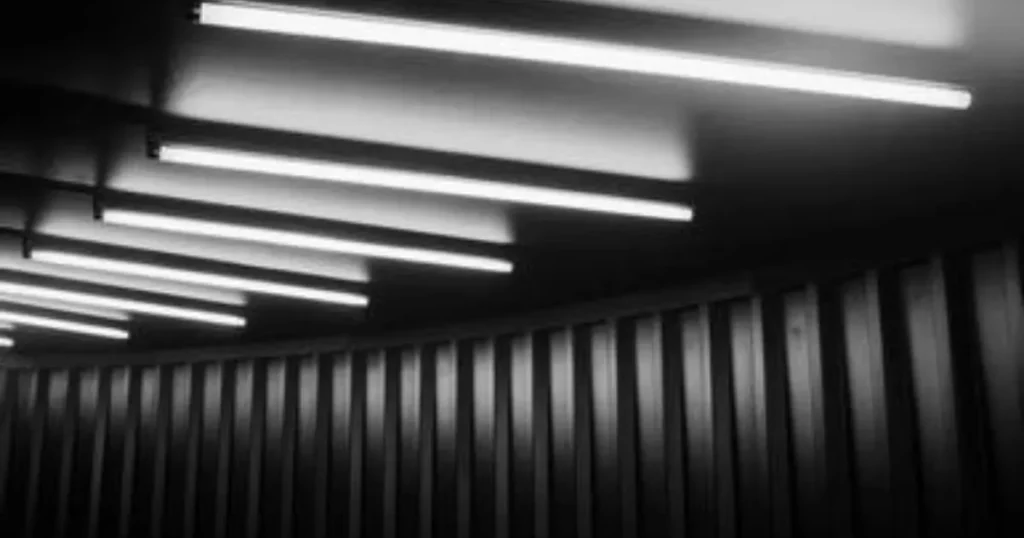
19. Optimize Airflow with Furniture
Placement
Strategically arranging furniture can help optimize airflow within a room. By ensuring that furniture does not block air pathways, you can enhance ventilation.

How to ventilate a room with one window?
if you have a room with a single window, there are particular steps you may take to maximize airflow:
- keep the window open as much as possible, allowing clean air to enter the room.
- Position fans near the window to help circulate the incoming air throughout the room.
- Use window accessories, such as window deflectors or vent covers, to direct airflow into the room.
How to ventilate a room without losing heat?
Maintaining a comfortable temperature is crucial when ventilating a room without losing heat. Here are some tips:
- Opt for ventilation methods that allow controlled airflow, such as adjustable vents or fans with speed settings.
- Use insulating materials, such as weatherstripping or window films, to minimize heat loss during ventilation.
- Consider the use of heat recovery ventilators (HRVs) or energy recovery ventilators (ERVs) to maintain stability among ventilation and heat retention.
How to ventilate a room with a fan?
Using a fan is a practical solution for ventilating a room. Here are some steps to effectively ventilate a room with a fan:
- Place the fan close to a window or an open doorway to draw fresh air into the room.
- Position the fan to blow air across the room, creating a cross breeze and enhancing circulation.
- Adjust the fan speed based on the desired airflow and temperature control.
Conclusion
In conclusion, understanding how to ventilate a room without windows is important for maintaining a healthy and comfortable indoor environment. Ventilating a room without windows can also present challenges, however, it is clearly possible to achieve adequate air circulation and maintain a comfortable environment.
By implementing various strategies and techniques, such as using exhaust fans, portable air purifiers, and cross-ventilation methods, it is possible to create proper airflow and prevent the buildup of stale air and pollutants.
Remember, proper ventilation is essential for a healthier living environment, regardless of whether windows are present or not. So take the necessary steps to ventilate your windowless room effectively and enjoy the benefits of fresh, clean air.
Also Read: How to improve basement air quality?




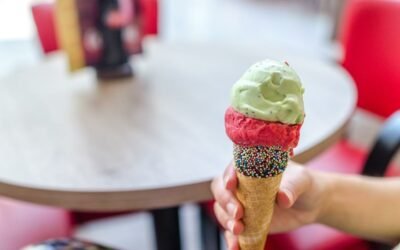
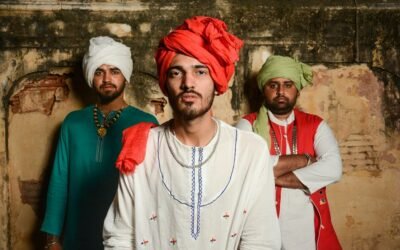
0 Comments